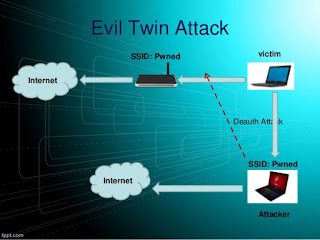Top Facts About Domain Names You Must Know
.com Truncated from the word “commercial,” this TLD was initially controlled by the US Department of Defense.
The domain was originally administered by the United States Department of Defense, but is today operated by Verisign, and remains under ultimate jurisdiction of U.S. At present, it is being managed by VeriSign. It was intended for commercial entities and in 1995, the NSF or National Science Foundation, which is responsible for its maintenance, started selling the domain for an annual fee ranging from $50-$100. The commercial distinction quickly became irrelevant though ever since registration for .com (and also .org and .net) soon became unrestricted.
The very first registered .com domain was Symbolics.com (on 15 March , 1985).
.org – It is known as the first generic TLD and was truncated from “organization.” Like .com it was created to distinguish non-defense interests, except that .org was intended for non-profit entities, such as Greenpeace.org. Nevertheless, the PIR or Public Interest Registry—which manages the domain—currently charges $7.70 per domain name registered.
.mil – This is the domain reserved for the United States Department of Defense. It is short for “military.” The Department still makes use of .com and .edu for its recruitment, general information, and service academies websites, though.
.net – This is another generic TLD. “.Net” was intended for organizations involved in networking technologies. Many believe that a .net is not "brandable" and should not be used to build an online business. But take the example of Oversee.net, one of the most successful domain buying/selling company, founded by a very young entrepreneur, Lawrence Ng.
Interesting facts:
- .net is also currently managed by VeriSign.
- The oldest and still existing .net domain is Nordu.net.
.edu–
"edu" is one of the top-level domain names that can be used when choosing a domain name. It generally describes the entity owning the domain name as a four-year college or similar educational institution. (Educational institutions below four-year colleges are encouraged to use the geographic "us" top-level domain name.) Along with the second-level domain name (for example: "umich" in umich.edu), the top-level domain name is required in Web and e-mail addresses..edu is a sponsored TLD. It was—and still is—designated for four-year, post-secondary educational institutions (colleges and universities). It used to be available to educational institutions from anywhere in the world, but since the majority are using country-level domains, .edu became exclusive for US-accredited post-secondary schools since 2001.
.gov – This is another sponsored TLD, but is restricted for US government use only. Other countries include country code TLDs or second-level domains (SLDs) to their government URLs for easy distinction.
Speaking of country code TLDs (ccTLDs), assigning two-letter characters to signify the country source started 1985 with .uk, .us and .il. Eight more were added in 1986. However, it wasn’t until 2010 when the IANA or Internet Assigned Numbers Authority widely implemented the ccTLDs. Obviously they are exclusive to the country of origin, and the characters or alphabets used are native to the country of origin as well.
Today, these domains are widely used along with a simple, memorable, and often personalized domain name. Anyone interested in creating a website with a personalized domain simply need to contact domain services and purchase the rights to a unique—and preferably monetizable—domain name.























